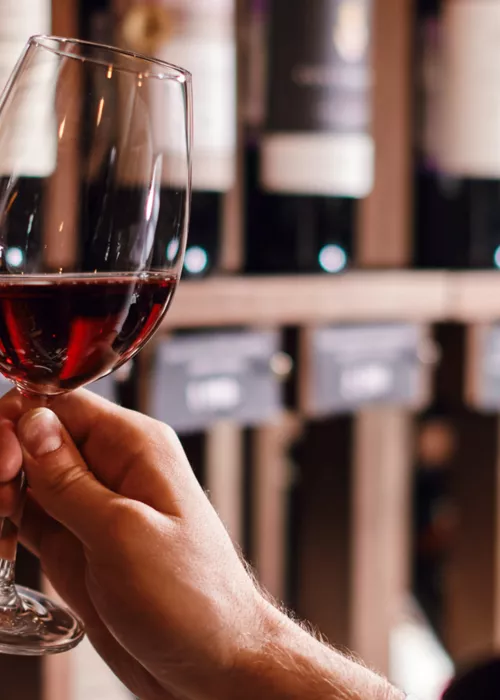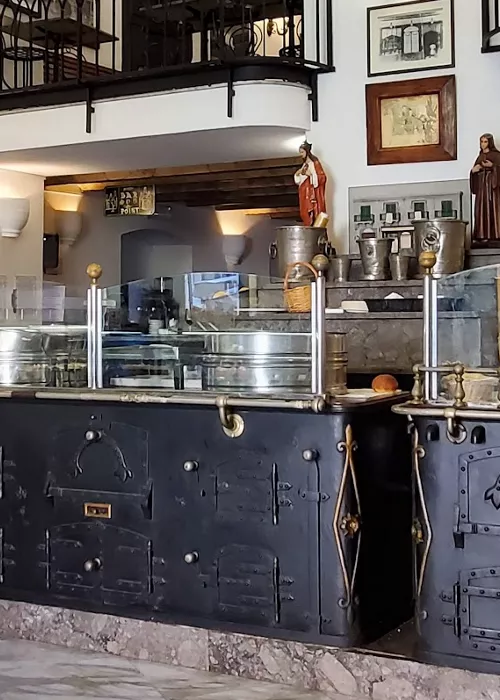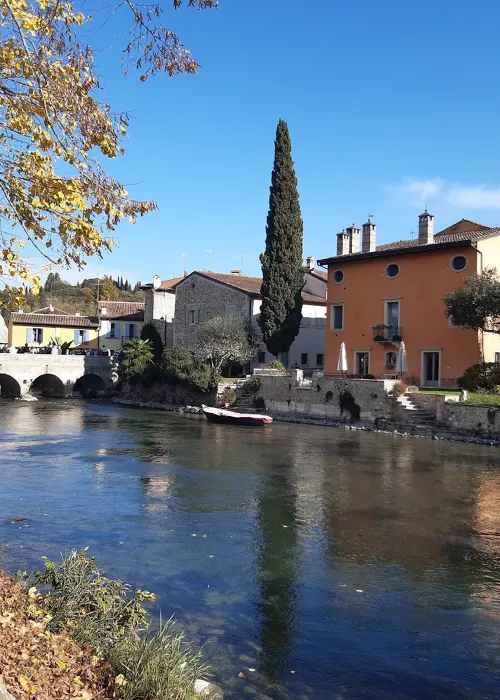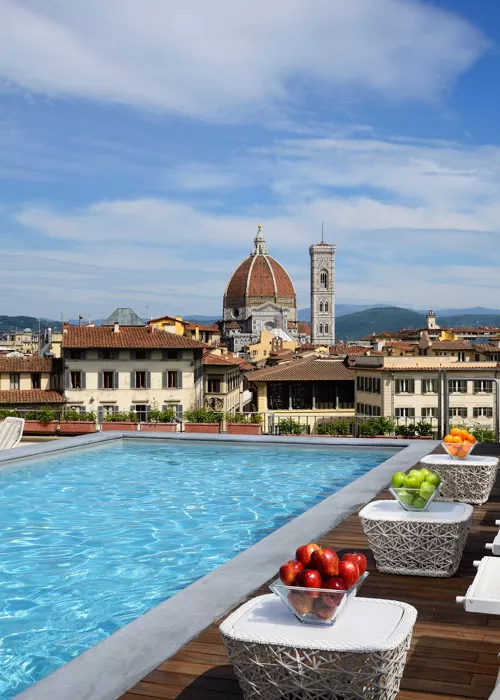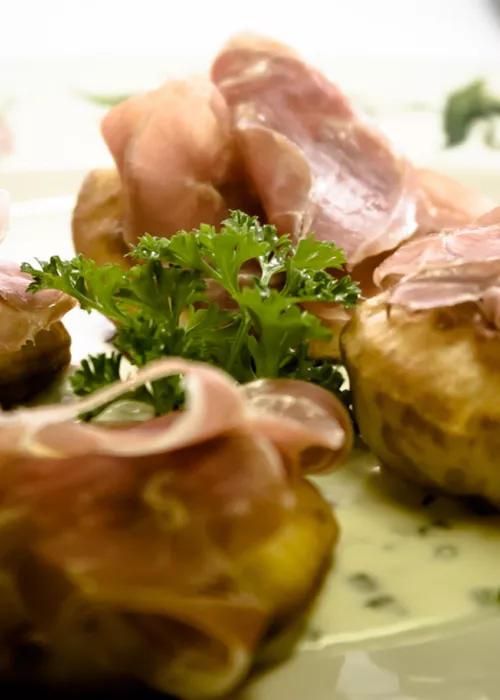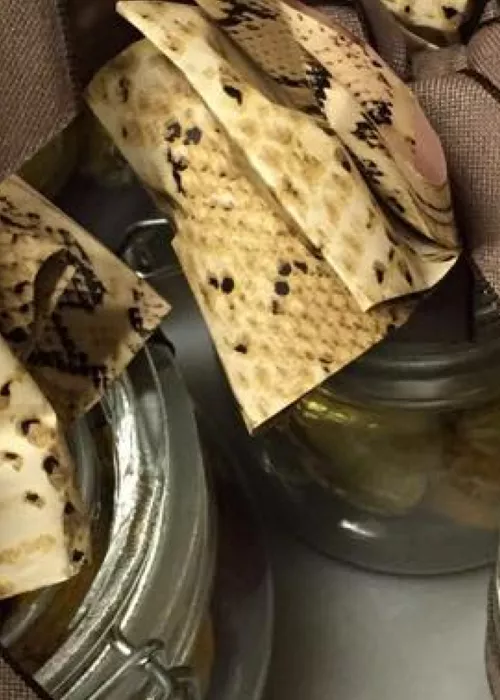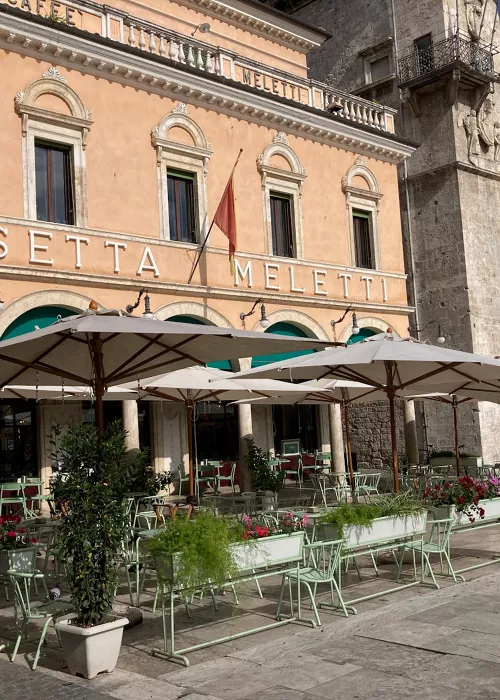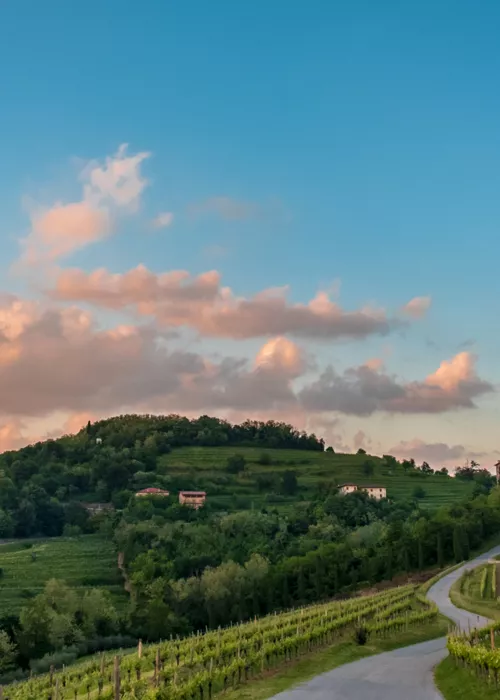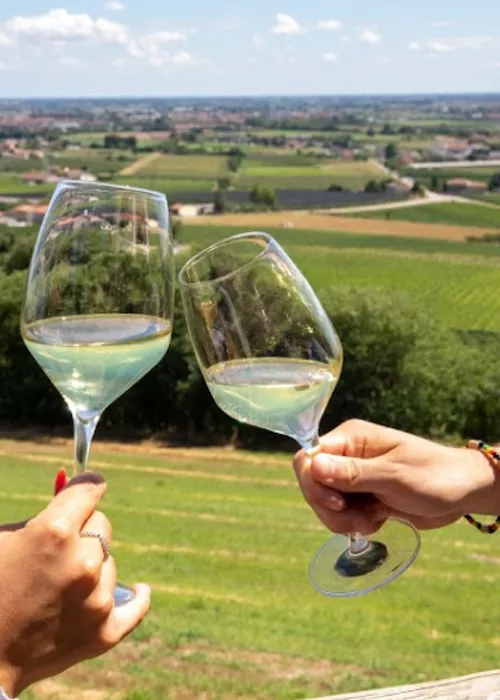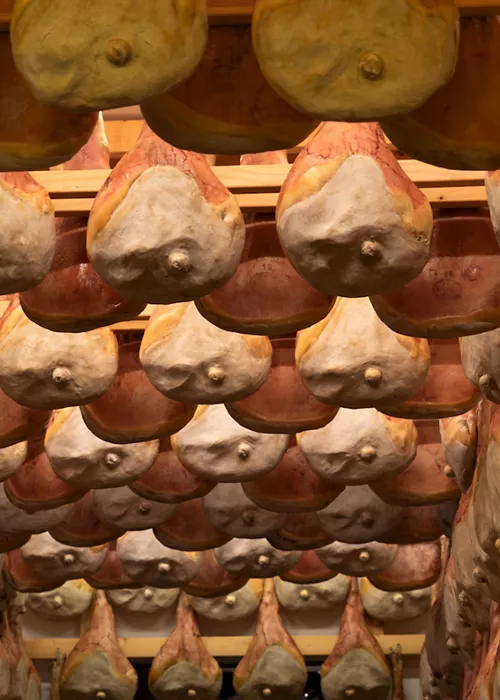Italy's 10 best historic venues for quality after-work entertainment
4 minutes
Index
When you travel to a city for work, there's always the dilemma of how to spend your lunch break or what to see before leaving.
A good solution is to stop and catch a glimpse of the historical places scattered around the Italian city centres, so as to get to know the local culture, food and wine, and in the meantime travel with your imagination while thinking about the amazing stories these places have been involved in.
We therefore propose a trip to ten Italian temples of taste and hospitality, for a truly unforgettable experience.
Antica Enoteca Al Brindisi in Ferrara: the oldest tavern in the world
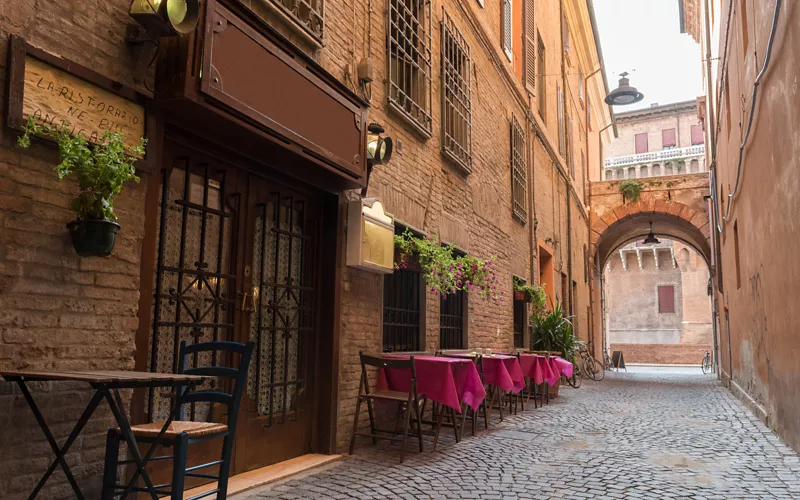
If you're in Ferrara and would like to sip a glass of wine, paired with some appetisers, drop by Al Brindisi. The ancient wine bar is just a stone's throw from the Cathedral, in the narrow alleyway of Via Adelardi, and boasts a Guinness World Record history.
In operation since the 12th century, when it offered sustenance to workers building the Duomo, in 1435 it was known as the 'Hostaria del Chiuchiolino' (from chiù, a contraction of ciucco, meaning drunk). Amidst racks of bottles and exposed beams, you can savour excellent Ferrara dishes, in the same place that hosted the sculptor Cellini, the painter Vecellio and the writers Tasso and Ariosto. Experience the charm of sitting at the same tables where the great Copernicus studied, in the oldest tavern in the world.
Antica Focacceria S. Francesco and Ristorante La Matriciana: for popular cuisine
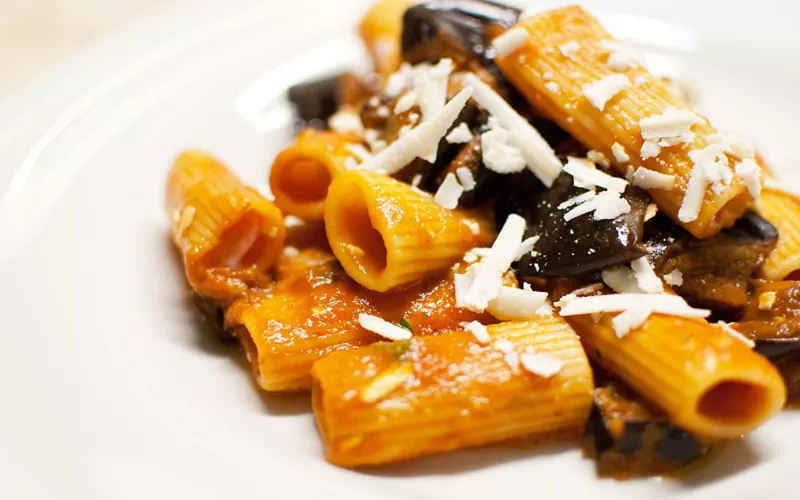
The hard-working gourmet has two places at his disposal for a culinary break with flair: the first is in Palermo, the second in Rome. The Antica Focacceria S. Francesco was founded in 1834 and in its fifth generation offers a menu full of Sicilian specialities, from arancina (fried rice balls) to caponata, passing through sfincione (a kind of Sicilian pizza), panelle (fried bread rolls), sarde 'a beccafico’ (stuffed sardines), ‘guastedde’ (a fried doughnut) and 'pane ca meusa' (bread with spleen). In the site of Palermo's Risorgimento - which still has the cast-iron kitchen in view, designed by the Fonderie Florio 1834, and the marble and cast-iron tables of the Fonderia Oretea, and which shows off the Art Nouveau touch added in the early 20th century - here, once upon a time, Ruggero Settimo celebrated his election as head of the Sicilian government in 1848, Garibaldi dined during the conquest of Palermo with the Thousand in 1860, and Crispi sat down to discuss politics. Against the backdrop of Sicilian history and the passage of figures who inspired and changed the country, you can savour the popular cuisine of Palermo and its long tradition of fragrances and aromas. It is not exactly the same, but in the centre of Milan, Turin and even Fiumicino you can taste a sandwich with spleen made by the Antica Focacceria San Francesco.
In Rome, you can't miss the bucatini all'amatriciana at Ristorante La Matriciana. The restaurant was originally a trattoria in the year the capital was annexed to the Kingdom of Italy, and with the inauguration of the nearby Teatro Costanzi in 1880, it became the haunt of numerous artists, from Callas to Fracci to Zeffirelli. The restaurant has been serving up the flavours of traditional Roman cuisine for over a century, in an atmosphere that preserves the furnishings, style, windows and structure of yesteryear, even featuring a 1930s telephone booth.
Antica Locanda Mincio, Grand Hotel Minerva and Hotel alla Posta: an unforgettable break
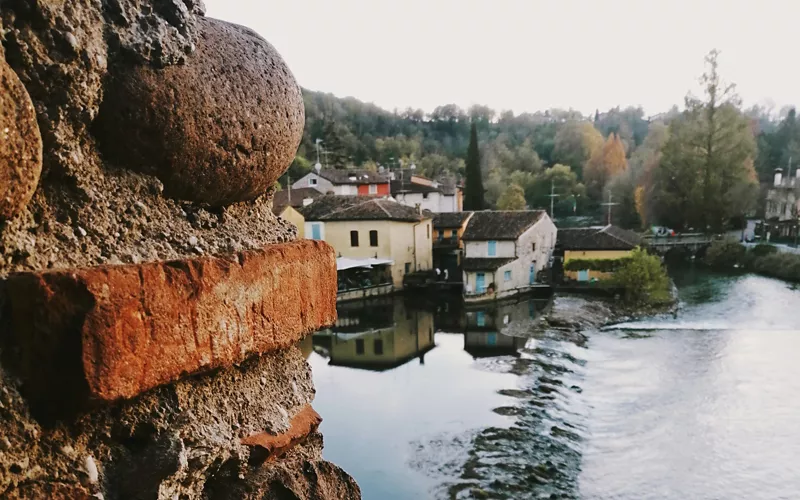
For a thrilling gastronomic experience in an atmosphere from another era, step into the Antica Locanda Mincio in Valeggio sul Mincio, in the province of Verona. First mentioned as a tavern in 1407, it has been the romantic rendezvous of great actors and directors, including Visconti. You can try the historic agnolotti past with butter or in broth, as well as many other specialities, served in elegant rooms amidst frescoes and inlaid wood.
One of Florence's historical venues is the Grand Hotel Minerva, in the heart of the city centre. Named the Grand Locanda Della Minerva in 1848, it is housed in a 14th-century palazzo, originally part of the monastery of Santa Maria Novella. It tells the story of its guests among works of art collected over time, frescoes and rooms with coffered ceilings. The style, enlivened first by Carlo Scarpa's architectural renovation in the 1950s, then by Tempesti Benelli's more recent one, enhances its history and makes it a truly enchanting place.
The Hotel alla Posta is located in Alleghe, in the heart of the Dolomites. 150 years ago, when the strategic importance of the place - on the border with the Austro-Hungarian Empire - was recognised, it became a point of attraction for foreigners, and today it offers its guests all kinds of comforts and excellent cuisine, based on traditional recipes.
Historic cafés and pastry shops: for a sweet break from work
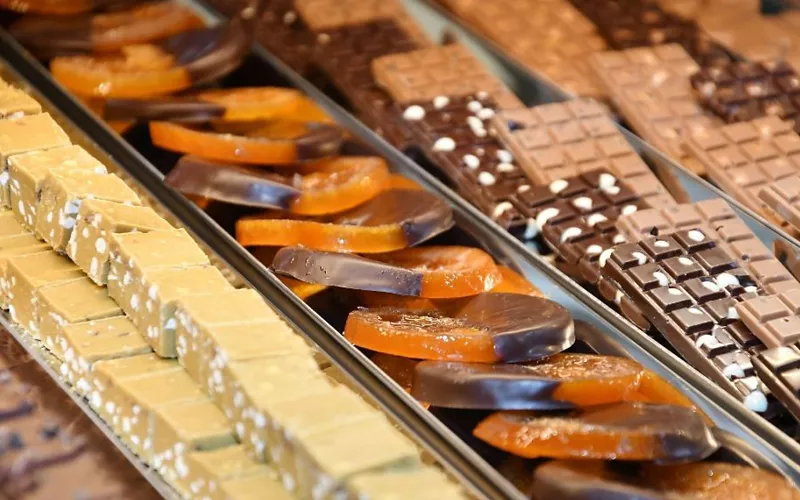
We conclude our journey by landing in the realm of Cafés and Pastry Shops.
Our first stop is in Bergamo, at the Pasticceria Balzer, a meeting place for artists such as Callas, Gassman and Mastroianni, and we sample the delicacies with which it has become famous, from Torta Donizetti to Polenta e osei. We reach Pavia, where the floral counters of the Pasticceria Vigoni serve the iconic dessert, Torta Paradiso.
Finally, we taste the truffle and panfrutto from Valenza's temple of sweetness, the 19th-century Pasticceria Barberis. It is no longer in its historic premises, but this does not affect the atmosphere or the recipes.
We then round off our tour of historic Italian establishments further south, in Ascoli Piceno, at Caffè Meletti, a rare example of Art Nouveau in the Marche region, at whose tables King Victor Emmanuel II himself once sat. Are you ready to make your business trip a pleasant one?


